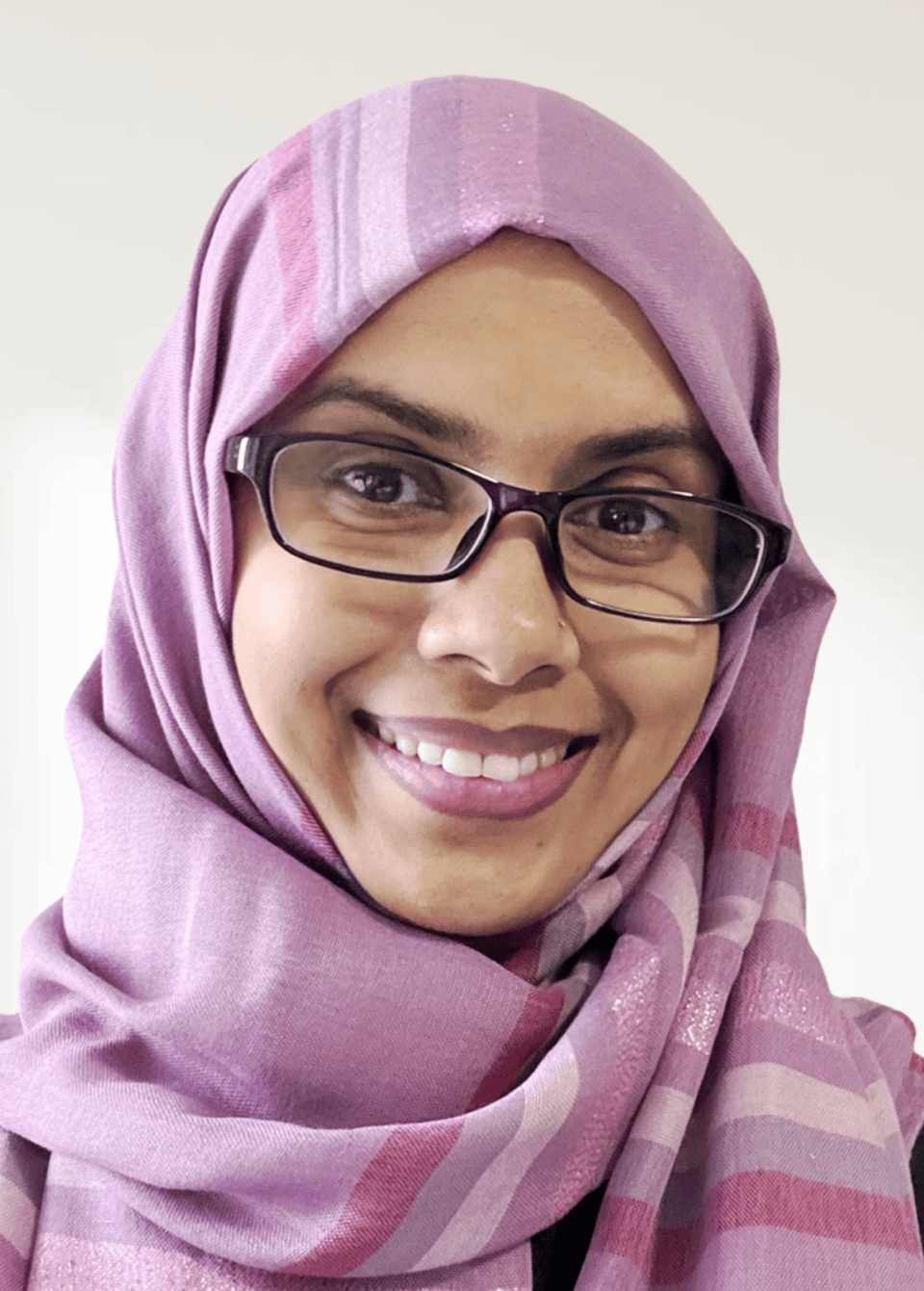UnCanadian. Unjust. Unacceptable.
Ontario’s latest residency-match directive is discriminatory and deeply un-Canadian; it excludes the very thing Ontario residents need the most: doctors!
What happened
Only six weeks before the 2026 CaRMS application deadline, the Ontario government quietly imposed a new rule:
Only Canadians who Studied Abroad (CSAs)—those who attended high school in Ontario—may apply for the first iteration of the match.
Immigrant ITPs—doctors who live, work, and pay taxes here—are barred until the second round, when most positions are gone. It is also important to note, that as a result of the criterion being used, some CSAs will also be excluded from the first iteration.
After years of Internationally Trained Physicians of Canada (ITPC, formerly ITPO) urging increasing residency spots, fairness and open access to all residency positions, this change does the opposite. It closes doors instead of opening them.
This isn’t an administrative tweak. It’s an act of exclusion—deliberate, discriminatory, and devastatingly un-Canadian.
Legally Canadian—yet not Canadian enough?
Here’s the irony.
We came to Canada because we were told our medical training was valued.
We received immigration points for our medical degrees.
We became permanent residents, then citizens.
We paid taxes, raised families, and volunteered in our communities.
And yet, under this policy, we’re told we are not Canadian enough to apply despite our diverse global clinical experience and skills.
How can a province that preaches equity justify such a disparity?
The same government that allows U.S. physicians to practise here As of Right now tells its own immigrant doctors and permanent residents: you’re not eligible to access a pathway to licensure.
Are we not doctors, too? Are we not Canadian?
Behind every “Internationally Trained Physician” is a person who answered Canada’s call for help.
They passed national exams.
They retrained, volunteered and worked under supervision—often in the very communities struggling most to find doctors.
Dropping this rule on ITPs just six weeks before the deadline isn’t governance. It’s sabotage.
Thousands of immigrant physicians had already invested months—and thousands of dollars—preparing their applications. This announcement wipes out their work overnight.
Systemic discrimination doesn’t always shout. Sometimes, it hides behind policy briefs and deadlines. But the effect is the same: people are excluded for reasons that have nothing to do with competence or care.
The facts speak for themselves
Ontario is already short 3,500 family doctors, and by 2026 an estimated 4.4 million Ontarians may be without one (CMA 2024).
Ontario’s specialist wait times average 23.6 weeks. (Fraser Institute 2024).
Only 13.6 % of immigrant physicians ever obtain a Canadian licence, despite 84.7 % having held full licences abroad.(Healthy Debate 2025)
The inequity in the CaRMS process is not new. ITPC has long advocated for the opening of all spots in all specialties to all qualified applicants, particularly since all applicants to CaRMS are required to be permanent residents of Canada.
Although the spots being offered for this year’s CaRMS match are not yet final, historically, ITPs have fewer positions available to them relative to Canadian Medical Graduates (CMGs). For example, in the 2024/2025 CaRMS first iteration, Ontario’s seven medical universities offered 1,032 positions under the CMG quota but only 432 under the ITP quota, that is, approximately 30% of the seats.
The number of residency positions available to ITPs across Canada stands in stark contrast to the number of applicants. In the 2024/2025 CaRMS match there were 1,772 ITPs that went all the way through the application process (although more applied). That’s 1,772 applicants to 638 spots dedicated to ITPs (excluding competitive spots in Quebec). Therefore, 3,014 CMGs matched into residency across Canada, while only 851 ITPs did.
Instead of trying to correct this inequity between one set of Canadian residents and another, this directive has made it worse by introducing further inequity based on location of high school attended; ignoring the legal Canadian status of the applicant. With this new directive, ITPs who attended high school outside of Ontario will only be eligible to apply in the second iteration, after most spots will already be filled.
Latest match results show that, after the first iteration there were 121 spots available in Ontario, to be filled by either a CMG or an ITP. The applicant pool (Canada-wide) that remained unmatched and that could apply to these spots was 872 ITPs and 244 CMGs. Indeed, 58% of these CMGs matched in the 2nd iteration while only 17.5% of these ITPs matched in the second iteration. These statistics represent devastation for ITP applicants.
The barriers continue to mount for ITPs. Ontario continues to push away highly skilled professionals. ITPs will undoubtedly go to other provinces and in some cases, other countries; a travesty for Canadian citizens and their access to healthcare.
While the Practice Ready Ontario is a welcome alternative to residency, it cannot accommodate the volume that residency programs can. The PRO program is only now attempting to push through 100 ITPs in a year; a target which may or may not be met. Meanwhile residency programs match more than 800 ITPs per year giving a steady stream of several hundreds of doctors graduating each year. Additionally, the PRO is only suitable for certain family physicians who meet specific criteria. No specialist PRA pathways exist in Ontario and not every ITP family physician/general practitioner meets the PRO criteria. Given the diverse backgrounds of ITPs and the voluminous demand for health workforce, diversity and effectiveness of pathways is paramount to ensure that ITP skill is put to use most effectively for Ontario residents. Removing access to residency pathways, does not achieve this objective.
Closing residency access for qualified doctors doesn’t protect patients — it hurts them. It deepens shortages, lengthens waits, and drives trained professionals to other provinces or countries. Every closed door to a licensure pathway means another emergency department running short, another rural clinic turning patients away, another Ontarian waiting months for care. We can’t afford policies that shrink the physician pool. We can’t afford to waste human potential. And we absolutely can’t afford to tell our own citizens that their high-school address defines their opportunities.
Diversity, equity and inclusion can’t just be words
Ontario’s residency programs proudly promote their commitment to DEI.
This is their moment to prove it.
You can’t speak the language of inclusion while practicing exclusion.
You can’t claim to champion equity while denying opportunity to those who live the very values Canada stands for—resilience, service, compassion.
Residency programs, postgraduate medical education offices and other health system stakeholders must call for a reversal of this change!
What Ontario must do
Reverse this directive immediately. Re-open first-round CaRMS eligibility to all qualified ITPs. The province should be increasing spots and opening all positions to all qualified applicants, not putting up barriers.
Consult meaningfully with ITP-led organizations like ITPC when making such policy decisions.
Mandate equity impact assessments for all health workforce policies.
Align immigration and licensure systems so newcomers aren’t trapped in professional limbo.
Invest in bridging and re-entry programs that let experienced physicians re-enter medical practice safely and efficiently.
You can’t quote DEI and enforce exclusion in practice.
If Ontario truly believes in diversity, it must walk it—not just talk it.
The Internationally Trained Physicians of Canada ITPC is a federally incorporated not for profit organization that represents, advocates for and supports more than 3,000 ITPs across Canada.


